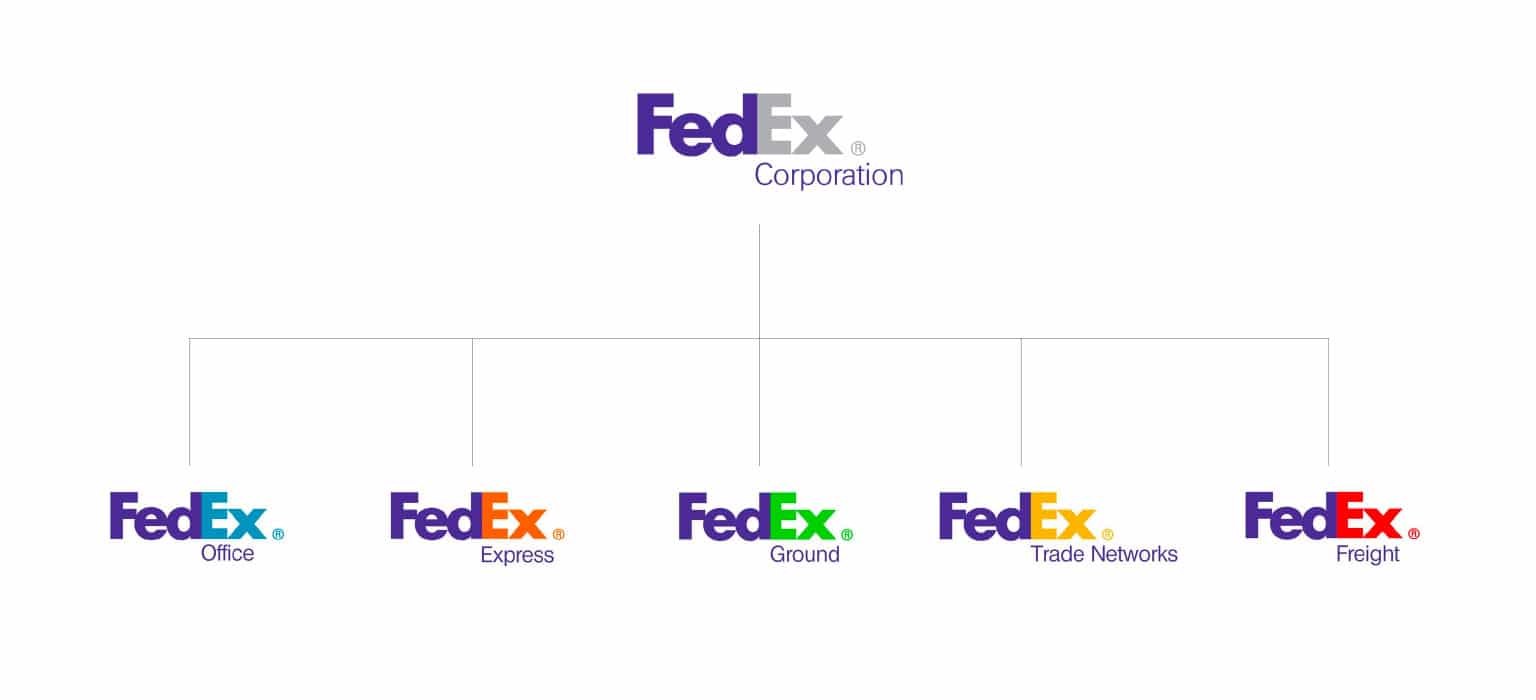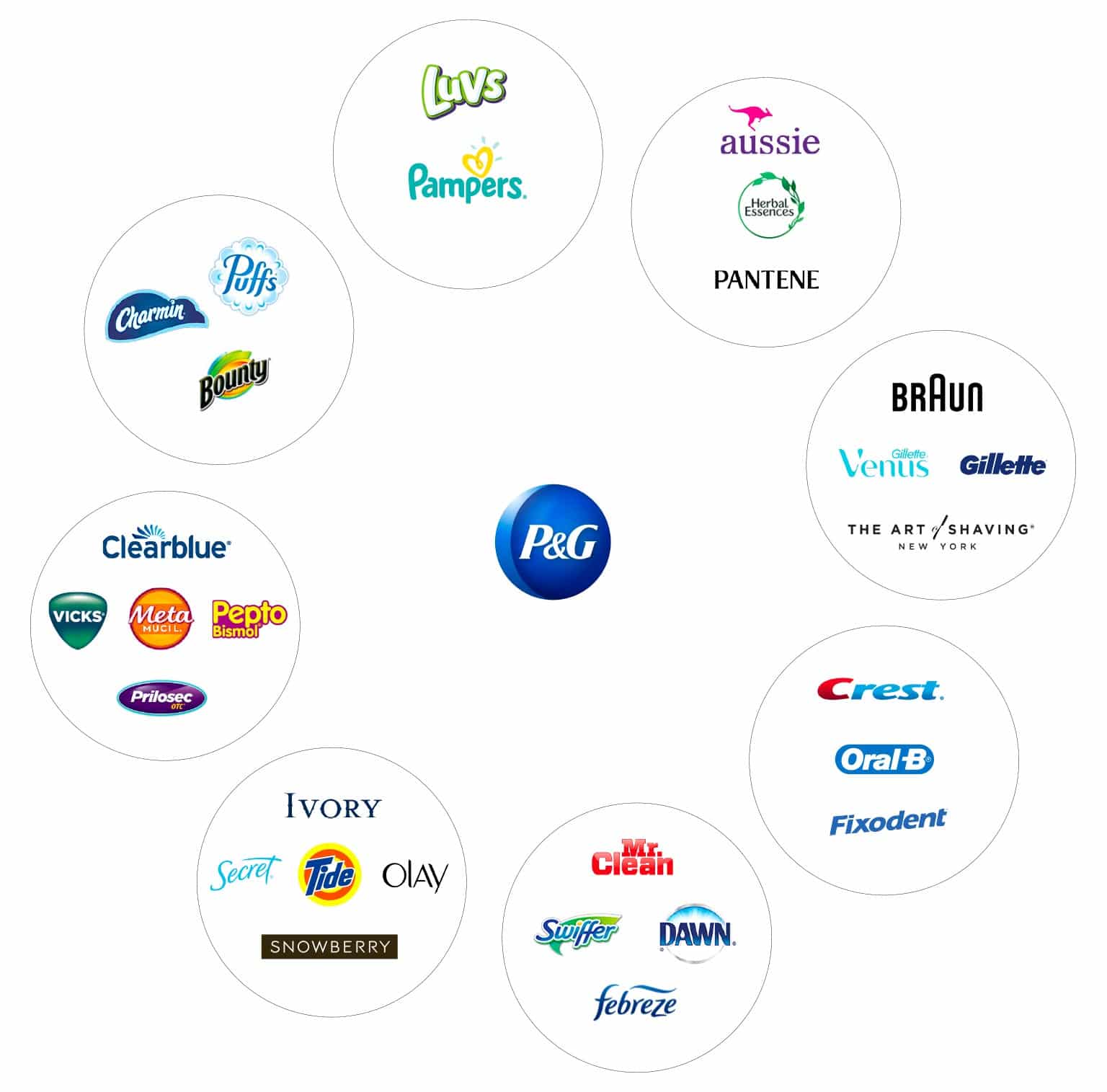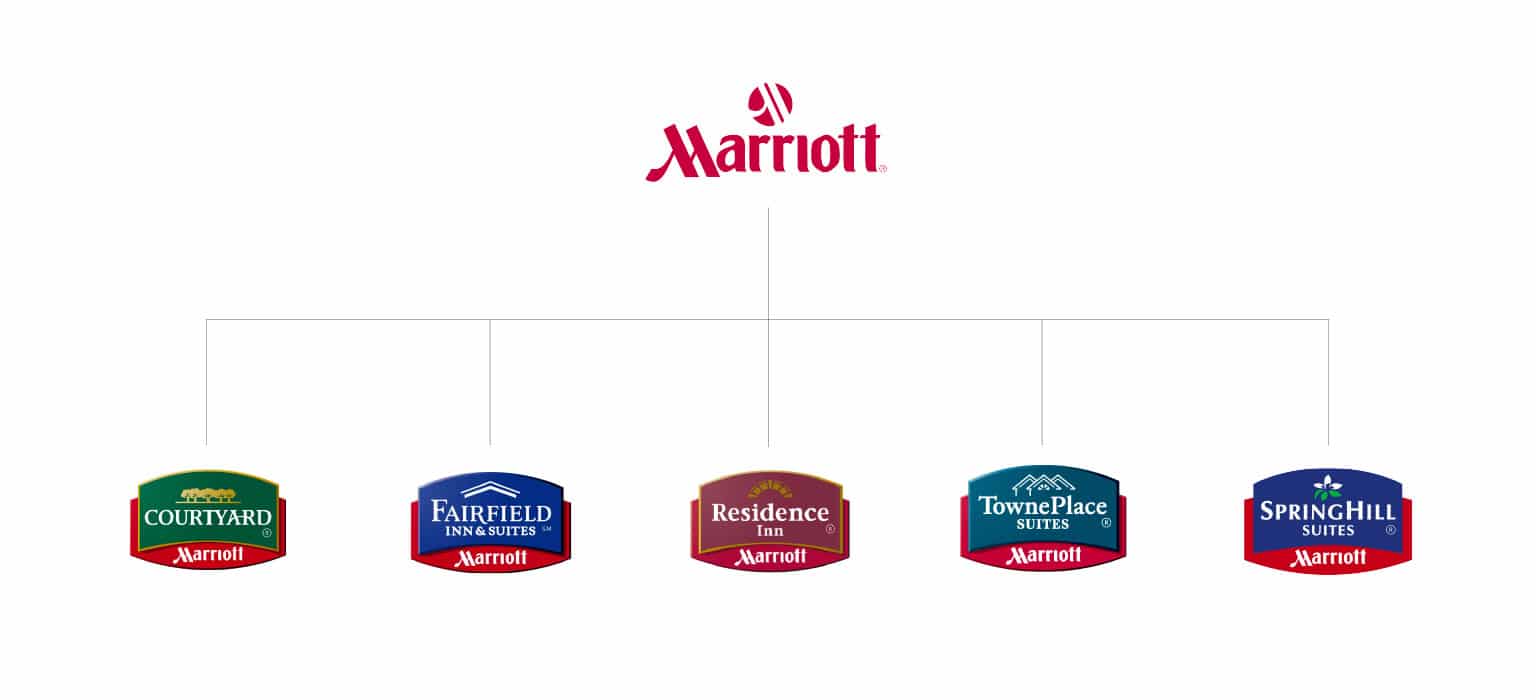A Guide to Brand Development
What is brand development?
While “brand” is the perceptions and feelings people have toward a company, brand development – or simply “branding” – is a deliberate and active process used to shape people’s perceptions about you.
Brand development encompasses all of the actions that you take to build awareness and reputation around your company and its products and services. It’s what you do, not how customers feel about you. And the implication of the word “development” also tells you that it’s an ongoing process that evolves as your brand, the marketplace or customer needs evolve, not a one-off finite project.
Branding involves using the elements of your brand identity, including your logo, messaging, and voice, to shape what your customers think and how they feel, and to proactively build a connection with them. It’s critical to maintain consistency across each element of your branding, even as you evolve, so you don’t lose the value and trust you build in your brand.
How brand development sets your business up for success
Brand development is important because it:
- Gives your brand its own identity – it’s what you’re known for, and it enables you to connect with your customers
- Drives brand awareness – which in turn has a positive effect on your bottom line
- Builds consumer preference – it makes you stand out from your competitors
- Increases company value and drives growth – it’s a tangible asset (for example, it’s how Apple can charge more than competitors who sell similar products)
- Creates trust – professional, cohesive branding shows you provide quality, value, and service
- Sets customer expectations – your customers will know what to expect when they use your product or service
- Provides the basis for your marketing strategy – there can be no marketing strategy without branding in place
- Sets the tone for your company culture – good employees are an incredible asset to a business, and if they believe in your brand and you can create a great company culture around that, your brand will be perceived in a very positive light and the culture itself will go from strength to strength
Brand development is a long term investment that all companies should make for all of these reasons, but ultimately because these reasons combine to generate leads, boost conversions, and ultimately drive sales.
Components of brand development
Brand strategy
A brand is one of the most important assets of any business. It’s the main identifier that represents your business and is the image your clients imagine when your business is mentioned. That’s why it’s essential to invest time and effort in creating a brand strategy that will effectively shape your business, as a well-designed strategy can help connect your brand with consumer needs and emotions and enable your business to succeed in a competitive environment.
Brand strategy identifies the key components every company needs to convey its branding with the right message, to the right audience, and in the right location. The deliverables contained within a solid brand strategy answer the question, “how should we communicate our brand to our target audience?”
Brand strategy precedes design and execution so that you can apply insights and address business objectives in those deliverables. Some elements of brand strategy include:
- Mission statement: defines the purpose of your business for both your employees and customers, carving a clear path for your business
- Brand vision: an aspirational, inspirational vision of your ambitions and purpose, and a picture of how your consumers will connect with your brand in the future
- Core values: brand values demonstrate the qualities you value in your culture and guide your business in making good decisions that will benefit your company and your customers
- Brand personality: conveys your mission, vision, and values. It is the character of your business and how you communicate your brand to the world
“Determine who you are and what your brand is, and what you’re not. The rest of it is just a lot of noise.”
Geoffrey Zakarian
Chef, Restaurateur, Television Personality & Author
Brand architecture
One of the cornerstones of business success is understanding how the company is set up. Does your brand have sub-brands, sister companies or brand extensions? Brand architecture maps out how all of your brands and their various components work together to ensure a cohesive branding experience for (all of) your target audience(s). Your brand architecture should be clear-cut, so you can help your audiences relate to your brands either as a whole “family” or as one brand in particular.
Understanding your brand architecture also helps you to put together clear brand identities for each brand and how they work together. There are three main types of brand architecture:
- Corporate brand architecture: One overarching brand with brand extensions that clearly link back to the main brand. Example: the overarching brand is LEGO and its brand extensions include LEGO Ninjago, LEGO Friends, and LEGO Education.

- Product brand architecture: A parent brand is protected or separate from its brand extensions, which in turn are separate from each other. Example: Newell is a parent brand, with brand extensions including Yankee Candle, Crock-Pot, and Sharpie.

- Endorsing brands: A hybrid of the previous two types of architecture where sub-brands each have their own identity and can be associated with the master brand or not. Example: Fiat Group is the master brand and sub-brands include Fiat, but also Ferrari, Alfa Romeo, Chrysler, and Dodge.

When you consider which type of brand architecture is right for your company, you should think about your current architecture, your business objectives, your customers and potential customers, your mix of products and/or services, and any new products you might be launching.
Brand identity
When it comes to brand identity, you should already know who your brand is and what your company stands for. Your brand identity is a practical step that involves creating a full suite of assets used to put your brand’s “stamp” on your products, services, and communications (both internal and external). At LimeLight Marketing, we undertake a brand identity exercise during which we research, write, and execute documentation that answers the question, “What do we look like?” With this question answered, there is no doubt in your target audiences’ minds about who the communication is coming from.
Brand identity is essentially the tangible expression of your brand. It includes common elements like your brand’s name, typography, tagline, logo, colors, messaging, and voice. It’s what your customers see and hear, so the more consistent your identity is, the more likely you are to be able to build a brand your customers recognize and trust.
Brand identity should come with a set of guidelines to use so you can ensure you are consistent across all your branding. These guidelines will unify what you do and make sense to your customers no matter where they see you.
Brand messaging
Once you have your brand identity and know who you are and what you stand for, it’s time to look at brand messaging. Your brand messaging should answer the question, “How do we convey our brand to our target audience?” At LimeLight, we use a brand’s identity and buyer personas to create key brand messaging for use across communication channels. We create core messaging, the brand narrative, and a statement of differentiation, amongst other messaging elements.
No matter the channel or type of messaging – it could be anything from a tagline to a sales pitch – your messaging should help your audience understand your brand and create a desire to buy your products or services. It should also be simple and concise while conveying critical aspects of your brand. In that way, you make it easier for your audience to notice and remember your brand, and ultimately to want to buy into you.
“Your brand is the single most important investment you can make in your business.”
Steve Forbes
Editor-in-Chief – Forbes Magazine
Brand storytelling
One element of branding that’s been creating a real buzz – with good reason – is brand storytelling.
Brand storytelling is essentially a narrative that combines facts about your brand and your products while evoking emotion in your audience. It is about using authentic, honest stories that connect and resonate with your audience with the aim of both driving growth and increasing loyalty.
As consumers, we are driving the growth of brand storytelling with our desire for high-quality, relevant, and entertaining content. To survive, businesses now need to connect with audiences, pull at their heartstrings, and engage with them on a much deeper level than ever before.
Brand storytelling is just a nice-to-have. It will drive brand awareness, increase profit, and make you memorable.

Marketing plan
While not part of brand development as such, once you have a clear and consistent brand strategy and identity your marketing plan is the essential next step.
Your marketing plan should include an overview of the marketing tactics you will use to reach your revenue and sales goals, taking into consideration the economic climate and the landscape of your industry. At LimeLight, once we have taken the time to thoroughly understand the core of a brand and the company’s goals, we create a marketing plan that outlines a set of actionable marketing campaigns, always answering the question, “How are we going to drive toward and accomplish the KPIs?
How we work on brand development with you
At LimeLight, it’s important for us to gain a thorough understanding of your company so we can put together a comprehensive brand development package that truly fits your needs. This involves consulting with you through a series of knowledge download meetings, workshops, and through secondary research.
We will typically work with you to get your brand strategy right and ensure that it’s aligned with your objectives. Then we create the tools you need to communicate your brand, including your brand identity and brand messaging. Finally, we support or lead you through the implementation phase and work with you to consistently strengthen your brand presence, driving business growth and improving your bottom line.
The 7 step brand development process
So far, we’ve looked at everything you need to develop your brand. But how do you make a start? Here’s our step-by-step brand development process:
- Consider your overarching business strategy – this will provide the context and clarity for your brand, and this in turn will help you get your business where you want it to be
- Know your target audience – they should be clearly defined, so you can develop your brand in a way that speaks clearly to them and engages with them
- Develop your brand architecture – know where your brand fits in
- Create your brand messaging strategy – this will ensure your brand is cohesive and coherent, help your audience understand you, and create desire to buy from you
- Make sure your website reflects your brand strategy and messaging – this is your window to the world and often the first touch-point your audience has with your brand
- Finally, ensure your content marketing is top-notch – tying your brand to authoritative, expert, and useful content will send a signal to your potential customers that you’re a credible leader in your field and help them engage with you on a deeper level
- Don’t forget to measure how your brand is received – you can tweak and update along the way to ensure it’s fully optimized and getting the best results. As your business grows, you may need to make changes to ensure you’re still speaking to your audience



